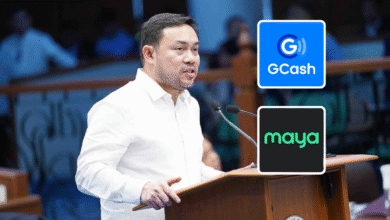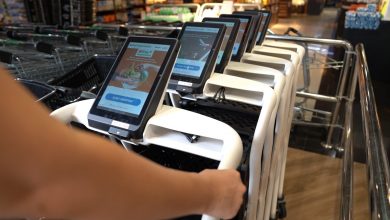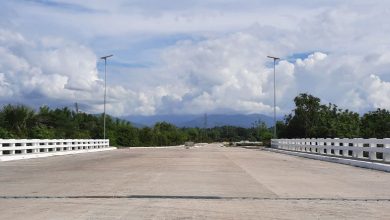
Mobile Banking Scams in the PH: Is Our Money Safe?
One Woman’s Loss Shows How Fast Mobile Banking Scams Can Strike in the Philippines
In a world where everything’s gone digital, Filipinos continue to worry about mobile banking scams. From corrupt government officials to fraudsters halfway across the world, theft has many faces. But for the average Pinoy, the most pressing threat is closer to home: scams targeting mobile banking and e-wallets.
The Fraud Landscape
Recent warnings from cybersecurity firms reveal a surge in fake apps, phishing sites, and text-based scams. Bilyonaryo reports that billions of pesos vanish yearly through account takeovers, “smishing,” and “vishing.” The increasing number of mobile banking scams contributes to this alarming trend. What makes the threat worse is scale: with more Filipinos relying on GCash, Maya, and mobile online banking, fraud now spreads faster than many users can react.
Unlike traditional theft, digital scams don’t require breaking into a vault—they exploit human error and weak systems. A single careless click can drain years of savings.
Weak Spots in Protection
Filipinos technically enjoy protections under banking and privacy laws, but gaps remain. The Bank Secrecy Law can slow investigations, while victims often face unclear recourse once money is stolen. Concerns about mobile banking scams are ever-present. Regulators like the BSP issue advisories, but fragmented oversight leaves users wondering: if my money disappears, who will help me?
Public confidence suffers. Many still ask whether their e-wallet balances are as safe as bank deposits—and if those funds are even insured.
AFASA and the PSPC
Lawmakers are trying to catch up. The Anti-Financial Account Scamming Act (RA 12010), championed by Senator Mark Villar, directly targets money muling, social engineering, and account-based fraud. Its key features:
- Treating scams as predicate offenses under the Anti-Money Laundering Act.
- Granting the BSP more power to examine suspicious accounts, including those flagged for mobile banking scams.
- Forcing banks and fintechs to act faster against fraudulent activity.
Villar also proposes the Philippine Scam Prevention Center (PSPC)—a centralized “one-stop shop” under the Cybercrime Investigation and Coordinating Center. The PSPC would coordinate with DTI, NTC, NPC, BSP, telecoms, and fintech players, while setting up local offices to respond quickly to victims.
The Challenges Ahead
Even with new laws, enforcement remains uncertain. Scammers evolve faster than institutions. Mobile banking scams continue to evolve and prey on unsuspecting individuals. Many Filipinos still don’t know their rights or the simple precautions that could protect them. And while oversight strengthens, it must balance privacy with security.
What Consumers Can Do
- Download apps only from verified stores.
- Use two-factor authentication and strong passwords.
- Check accounts regularly and report suspicious activity immediately, especially in the case of mobile banking scams.
- Stick with regulated banks and wallets, and learn what protections they actually offer.
The Bottom Line
So, is our money safe? The fight against digital banking safety in the Philippines depends on both strong laws and vigilant users. AFASA and the PSPC show promise, but until these safeguards are fully implemented and reach ordinary Filipinos, scammers will continue to look for gaps.
Protecting our digital wallets isn’t just the job of regulators and banks. It’s our responsibility to stay alert, informed, and one step ahead to avoid becoming a victim of mobile banking scams.




